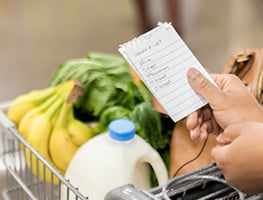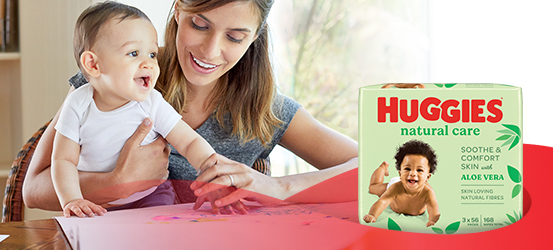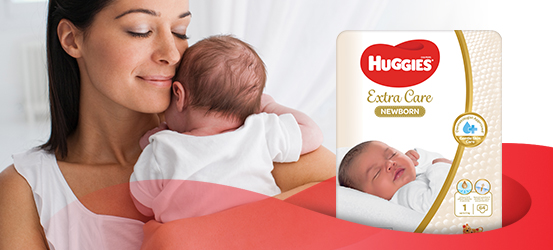Know your store layout
It may seem like a simple thing but learning the layout of your grocery store is a valuable time saver. Just as you use a map-book or a GPS navigation device to work out the quickest way to get from A to B, you can also implement the same time-saving strategy into your grocery shopping. Supermarkets are very clever about placing key staple items as far apart as possible in the store. This is primarily because they want you to navigate your way through them and be exposed to as many items as possible in the hope that you’ll buy them.
Get yourself familiar with the layout of your local shop and plan your shopping strategy accordingly. It will save you time if you know you can skip the crisps and beverages aisle altogether and focus only on the sections where you need to buy certain groceries.
It also means that you can tackle your grocery shopping in sections. You could start with the canned or dry foods section and then do the dairy and frozen foods. This means you can group key items together, which will save you time unpacking at home, but it will also save certain foods from melting too quickly.
Make a list and stick to it
Plan your shopping list according to your store layout; that will help you to streamline the process as well.You can follow our guidelines for planning your shopping list here. You will usually have a set of staple items that you need to buy every week like milk, eggs or bread. These items can stay on your Master list. You can then add other once-off items to the list as well.
Some parents find that popping the list into their phone and deleting items as they put them in their trolley is another way to ensure nothing gets missed off their shopping list.
A shopping list will save you from impulse buying. Stores will try every trick in the book to make you do so, and you will save valuable time in the queue if you haven’t given into temptation and have stuck to your list instead.
Do your homework
When you’re doing your grocery shopping it is worth knowing a few things in order to save you both time and money in the process.
So before you head to the shops you can check out the unit prices of many of your grocery products in a variety of places. Look at your local newspapers, catalogue advertisements and online listings. Doing some price comparison before you head to the shops will not only save you time while in store it could also save you money.
Remember that grocery stores want you to buy as much as possible so lots of enticing products will be at eye level. Make sure you stick to the list and focus on your needs rather than wants.
Shop alone
This is much easier said than done when you have a baby or little ones. For many parents it simply isn’t possible. If you do need to bring your little ones with you then it is even more important to minimise your time spent shopping as it can often be a stressful event for both parties. Try to schedule your shopping trip around their nap times, as you’ll usually find that they are much better able to cope with it than when they are hungry or tired.
If you can shop alone you will usually find it far quicker to do so. Most stores have extended trading hours so you may find that you can do the grocery shop very early in the morning or late in the evening if someone else can look after your little one. The other benefit of this is that the shops are usually far quieter at these times of day.
Stockpile specials
Stockpiling canned or frozen goods can be a valuable time saver. These items tend to have a long shelf life and, by getting them on sale and in bulk, you can reduce the time you spend during future shopping trips.



















